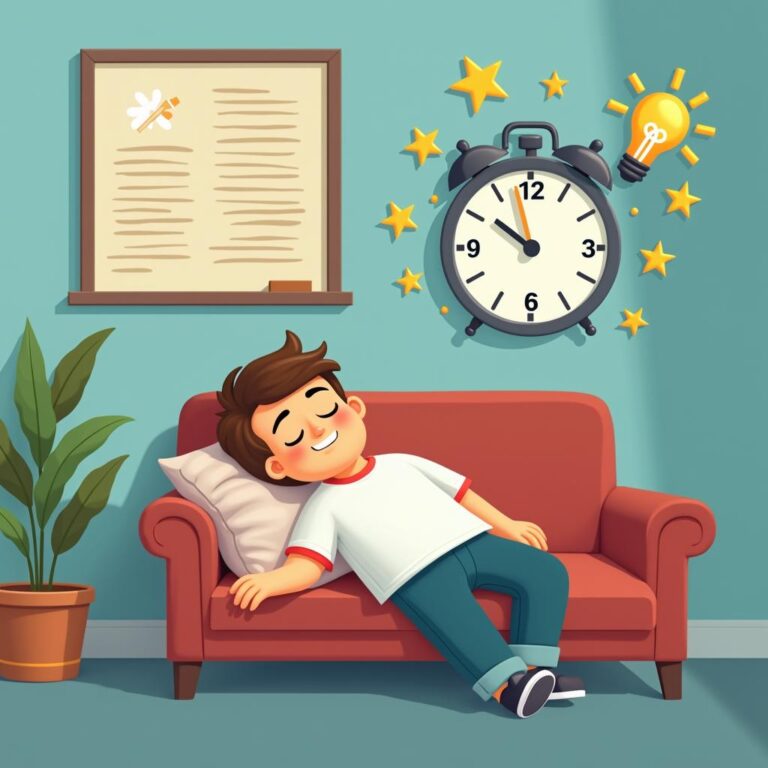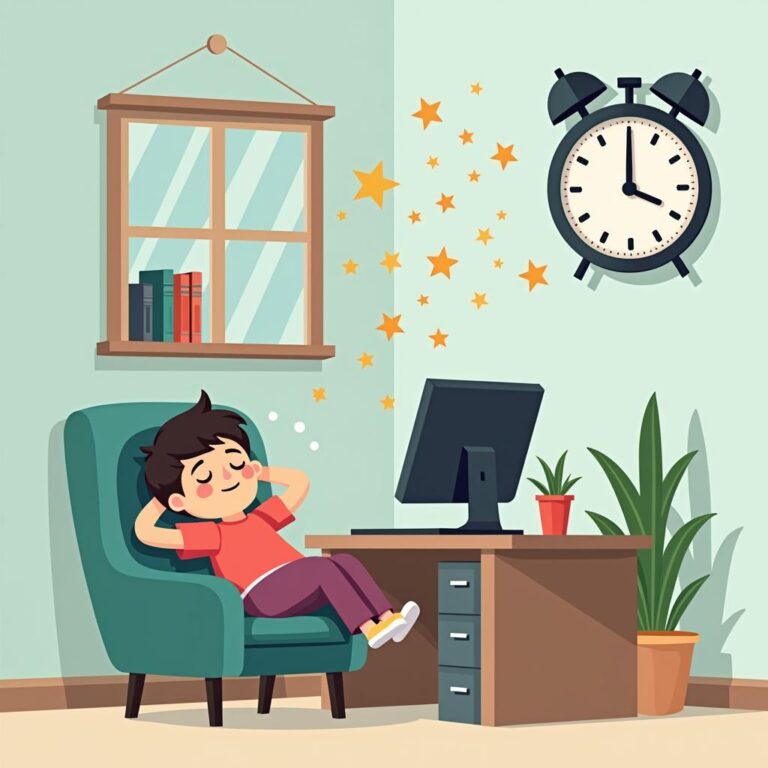In today’s fast-paced world, the concept of power napping has gained momentum as a way to rejuvenate both body and mind. With many people experiencing fatigue and mental fog throughout the day, understanding the ideal power nap length can significantly enhance mental clarity and overall productivity. This article delves into the optimal duration for power naps and the science behind why napping matters.
What is a Power Nap?
A power nap is a short sleep that is intended to quickly rejuvenate and restore energy. The duration of a power nap typically ranges from 10 to 30 minutes. Unlike a full night’s sleep, which takes several sleep cycles to attain restorative deep sleep, a power nap focuses on briefly energizing the body without leading to grogginess upon awakening.
Benefits of Power Naps
The benefits of power napping extend beyond simple fatigue relief. Here are some of the key advantages:
- Improved Alertness: A brief nap can help you feel more awake and alert, increasing your focus on tasks.
- Enhanced Memory: Power naps can aid in the consolidation of memories, thus improving learning and retention.
- Boosted Mood: Napping can help elevate your mood, reducing stress and frustration.
- Increased Creativity: A short rest can transform your approach to problems, enhancing creativity and problem-solving capabilities.
The Science of Napping
Research suggests that sleep is inherently layered, consisting of different stages including light sleep, deep sleep, and REM sleep. The ideal power nap length can be tailored to fit within the stages of sleep, promoting optimal rejuvenation without the drawbacks of longer naps.
Napping Stages Explained
Understanding the sleep cycle is critical when determining the length of your power nap:
- Stage 1: Light sleep, often fleeting and easy to wake from. This stage typically lasts a few minutes.
- Stage 2: Deeper sleep, where the heart rate slows down and body temperature drops. This stage starts approximately 20 minutes after falling asleep.
- Stage 3 (Deep Sleep): This stage is critical for physical recovery but is harder to wake from. Napping longer than 30 minutes can result in entering this phase.
- REM Sleep: Not typically reached in short naps, this stage is vital for cognitive functions and emotional regulation.
Determining the Ideal Length for Power Naps
The ideal power nap length is often debated, but experts suggest that naps of various durations can offer unique benefits:
10 to 20 Minutes
A nap of this length is ideal for achieving light sleep, improving alertness without entering deeper sleep stages. This duration helps in quickly regaining focus and is often recommended for a quick energy boost before continuing with the day’s tasks.
30 Minutes
While many believe that napping for 30 minutes can help avoid grogginess, it’s crucial to note that this length may lead to entering Stage 2 sleep. Awakening from this stage might leave you feeling slightly disoriented. However, a 30-minute nap can still improve cognitive performance and sharpening focus significantly.
60 Minutes
This duration generally allows for a complete cycle through lighter stages and may touch on slower wave sleep. Napping for 60 minutes can enhance memory retrieval and provide additional mental clarity. However, it can also increase the likelihood of waking up feeling groggy, especially if you interrupt your sleep during deep sleep stages.
90 Minutes
The longest recommended power nap generally encompasses a full sleep cycle, which includes light sleep, deep sleep, and REM. This length can significantly enhance cognitive functions, memory retention, and creativity. While longer naps may not be ideal for everyone, those who have the time can benefit from waking up refreshed and alert after a longer rest.
Tips for Maximizing Your Power Nap
To ensure that you get the most out of your power nap, consider the following tips:
- Choose the Right Time: Mid-afternoon, around 2 PM to 3 PM, is ideal for a power nap as it’s a natural dip in energy.
- Create a Comfortable Environment: Find a quiet, dark place to avoid disturbances. Using a sleep mask or earplugs can help.
- Set an Alarm: Keep track of time to avoid oversleeping. Setting an alarm can help you wake up after your desired nap length.
- Relax Before Napping: Take a few deep breaths or perform light stretching to help your body relax quickly.
When to Avoid Power Naps
While power naps can be beneficial for most people, there are situations where napping might not be advisable:
- If you have insomnia or trouble sleeping during the night, napping might exacerbate these issues.
- People with specific medical conditions or chronic fatigue syndrome should consult a physician regarding appropriate sleep practices.
Conclusion
The ideal power nap length ultimately depends on individual needs and lifestyle. However, napping can promote mental clarity, enhance productivity, and improve your mood. Whether you opt for a quick 10-minute power nap or indulge in a longer 90-minute rest, understanding the science behind sleep will help you position yourself for success each day. By integrating strategic power napping into your routine, you not only improve your work performance but also safeguard your mental well-being. Remember to listen to your body and adjust your nap lengths as needed for optimal results!







